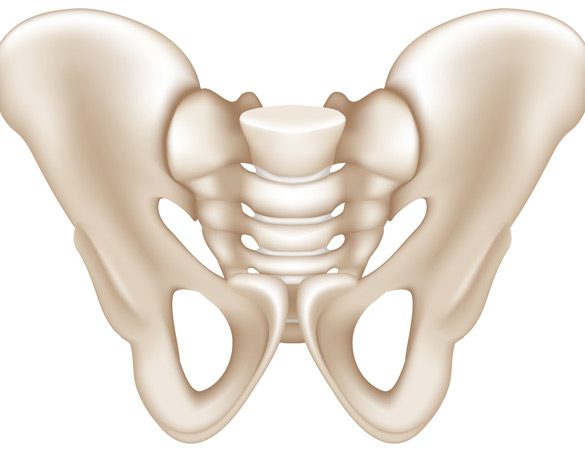Located in the lower back on each side of the spine, the sacroiliac (SI) joint supports the body’s weight during normal movements. When this joint is the source of pain, which is often misdiagnosed as sciatica due to the close proximity of the sciatic nerve to the SI joint, injections may provide relief. Sometimes referred to as a sacroiliac joint block, SI joint injections may also be used for diagnostic purposes to determine the source of lower back pain or radiating nerve pain.

How the Injection is Done
SI injections include a combination of a local anesthetic to minimize discomfort from the injection itself and a steroid medication. A special type of X-ray (fluoroscopy) is used to guide the needle to the correct location in the SI joint. Placement of the injection is further confirmed with a special dye. Patients are usually monitored for 20-30 after the injection.
Why an SI Injection May Provide Relief
The corticosteroid medication provides pain relief by reducing inflammation around the SI joint. Added pressure from inflamed tissue may also aggravate the nearby sciatic nerve. If this is the case, SI joint injections reduce this pressure and allow the nerve to heal. Full relief from the injection usually occurs 2-4 days following the procedure once the medication has had a chance to work within tissues.
How SI Injections Work for Diagnostic Purposes
The SI joint is the cause of 10-27 percent of most instances of chronic low back pain (LBP). Non-specific low back pain is notoriously difficult to diagnose. SI injections can either confirm a suspected source of discomfort or rule out a potential cause. Injections are especially helpful with the diagnosis of radiating nerve pain, also difficult to diagnose since the true source isn’t where discomfort is felt.
SI Injections Combined With Other Tests
For diagnostic purposes, SI joint injections may be combined with results from a physical examination and psychosocial evaluation to determine possible sources of pain and identify contributing factors such as stress. Abnormal movement of the SI joint can also be detected with a one-leg standing test (Gillet test). During the test, the patient is asked to stand one leg and flex the opposite hip or leg. A specific spot on the spine is then pressed with the thumb to assess motion of the joint and identify possible abnormalities.

Risks and Side Effects
SI joint injections are generally considered safe for most patients. Potential risks include allergic reactions and numbness. Some discomfort may be experienced after the injection around the injection site, but it’s usually temporary.
Sacroiliac (SI) joint injections are sometimes used to determine if a patient is a candidate for certain procedures, such as a radio-frequency nerve ablation. For therapeutic purposes, the injections may provide enough relief to allow patients to benefit from physical therapy and other conservative treatments without distracting pain. Results may last for several months or up to a year. If effective, injections may be safely repeated up to three times per year.
